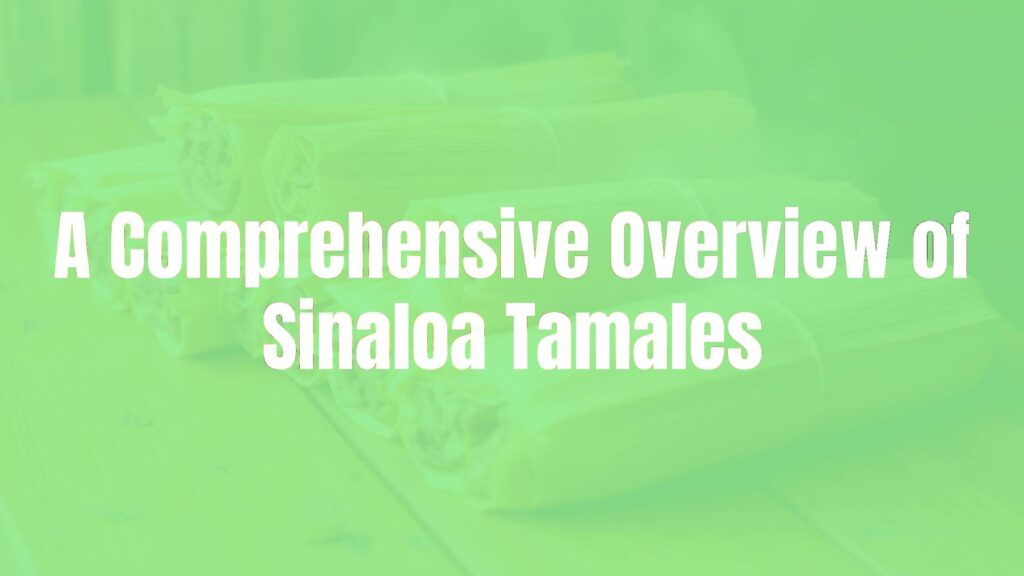Understanding the Sinaloa Tamal
The Sinaloa tamal stands out in the world of Mexican cuisine as a hearty, flavorful expression of the culinary traditions of Sinaloa, a northwestern state on Mexico’s Pacific coast. Noted for its generous size, pillowy masa, and robust fillings, this tamal variety embodies the spirit of regional gatherings and family celebrations.
Distinctive Qualities and Preparation
What makes the Sinaloa tamal unique is its substantial form and smooth, richly seasoned dough. Larger than average tamales, they are wrapped in wide corn husks (sometimes banana leaves) and feature a masa that is often wetter, resulting in a tender, almost creamy texture once steamed. The fillings are traditionally abundant, with seasoned pork, beef, or chicken nestled alongside vegetables, olives, raisins, and sometimes chiles. Lard is a key ingredient for the masa, imparting richness and distinct flavor.
Historical Roots and Cultural Importance
The tamal has long been a staple of Mexican gastronomy, deeply integrated into rituals and celebrations. In Sinaloa, tamales are especially associated with Christmas, New Year’s festivities, and communal gatherings, reflecting a deep social and familial significance. The region’s access to fertile fields and diverse livestock has shaped the notable inclusivity of ingredients and the generous proportions that define the Sinaloa tamal.
Key Ingredients
The Sinaloa tamal relies on a few essential components:
- Masa: Freshly ground corn masa, often enhanced with pork lard for a lush, silky consistency.
- Fillings: Shredded meats, notably pork or chicken, simmered in a spiced sauce featuring tomatoes, onions, garlic, and various chiles.
- Accents: Green olives, raisins, and strips of bell peppers add sweet, tangy, and savory notes, as well as color contrast.
- Corn husks: Used for wrapping, lending both shape and subtle aroma during steaming.
Variations and Customizations
While pork is the traditional filling, variations abound. Some cooks use beef or chicken, while vegetarian versions may feature queso fresco and rajas (strips of roasted poblano peppers). The sweet-and-savory blend is a hallmark, but adjustments to the filling can be made based on family preferences or local ingredients. In some recipes, almonds or capers are added for extra complexity. Additionally, the size can vary, with some Sinaloan families making smaller or even mini tamales for snacking.
Serving Suggestions and Pairings
Sinaloa tamales are typically enjoyed warm, often accompanied by a spicy salsa roja or a milder salsa verde. For festive occasions, they are paired with atole—a traditional corn-based hot beverage—or champurrado (a chocolatey variation). At breakfast, they might be served alongside café de olla, a spiced Mexican coffee. A crisp, light beer or sparkling aguas frescas can also complement the tamal’s rich flavors, making it the centerpiece of both casual meals and elaborate fiestas.
Conclusion
The Sinaloa tamal is more than just a dish: it is a symbol of hospitality, abundance, and regional pride. Its balance of flavors, distinctive preparation, and adaptability ensure its enduring status within the diverse tapestry of Mexican culinary traditions.

